Integrate sTeam-shell into Vi and Indentation of output
(ˢᵒᶜⁱᵉᵗʸserver) aims to be a platform for developing collaborative applications.
sTeam server project repository: sTeam.
Indentation of sTeam-shell output
The Indentation of the output in the look command in steam-shell is formatted to be displayed in the way the output is displayed when the ls command is executed in a terminal window.
The module reference provided by the pike language is used for formatting.
The pike reference module can be found at Pike Ref module
The screen-width of the the user is calculated using the command tput rows.
This value is then passed as an argument to the write function to display it in the form of output of an ls command.
The example of this can be seen in the modref by Pike.
| Issue. | Github Issue | Github PR |
|---|---|---|
| Indentation of output in steal-shell. | Issue-24 | PR-42 |
Example:
write("%-$*s\n", screen_width,"Given a\nlist of\nslosh-n\nseparated\n'words',\nthis option\n"+ "creates a\ntable out\nof them\nthe number of\ncolumns\n"+"be forced\nby specifying a\npresision.\nThe most obvious\n"+"use is for\nformatted\nls output.");
Output:
Given a list of slosh-n
separated 'words', this option
creates a table out of them
the number of columns be forced
by specifying a precision. The most obvious
use is for formatted ls output.
The following changes have been made in order to incorporate the changes:

Integration of sTeam-shell into Vi
For integration of sTeam-shell.pike into the Vi, the steam-shell is made compatible to be run when a command is passed as an argument to it. The changes have been made in steam-shell.pike and the applauncher.pike. Also a new file called as VisTeam.pike is created. When this is executed it validates the user and opens two vi buffers. One for typing the command and the other to display the log/ output of the executed command.
A steam-shell.vim vi plugin is created so as to be able to run the Steam function in vi. Whenever this function is executed the selected text in the vi visual mode will be executed.
The results are displayed in the log buffer in a new tab. Since the already existing vim scripts Goldenratio.vim and watchforchanges.vim divide the command buffer and the log buffer in the ration 2:1, the output is not visible in the logs. Thus a newtab consisting of the logs is opened.
| Issue. | Github Issue | Github PR |
|---|---|---|
| Integrate sTeam-shell into Vi. | Issue-37 | PR-41 |
 Execute the command:
Execute the command:

Display the output:

Checkout the FOSSASIA Idea’s page for more information on projects supported by FOSSASIA.






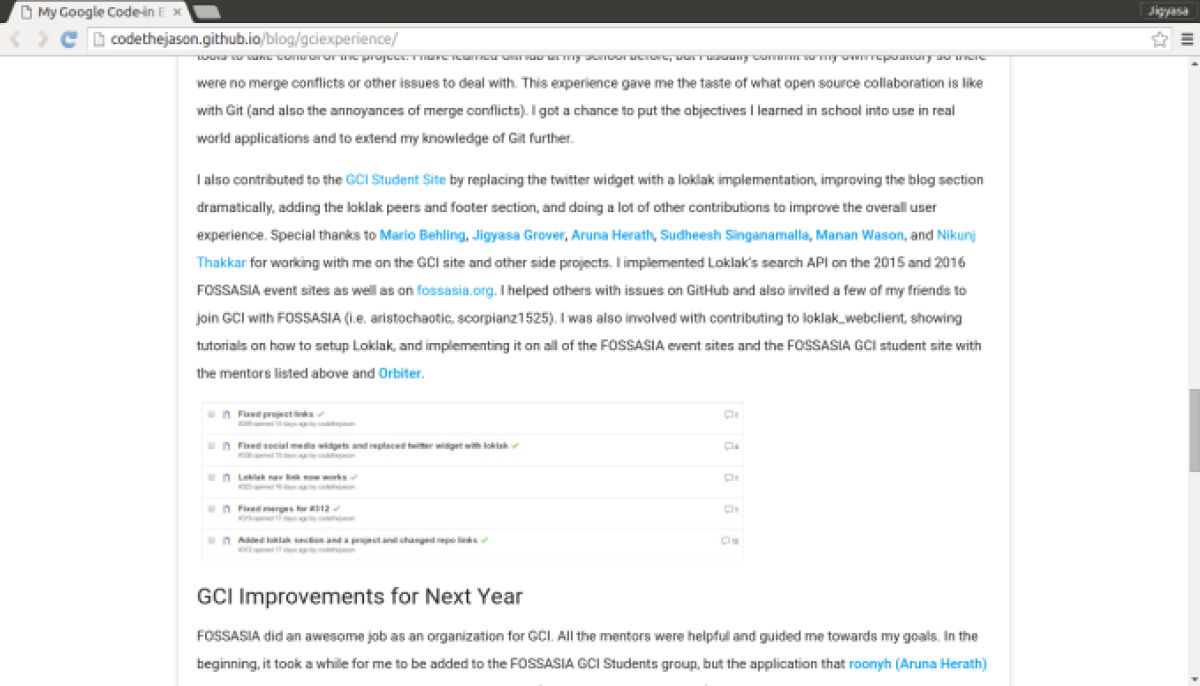




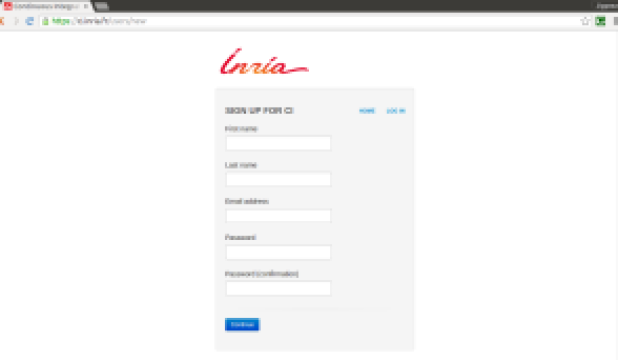

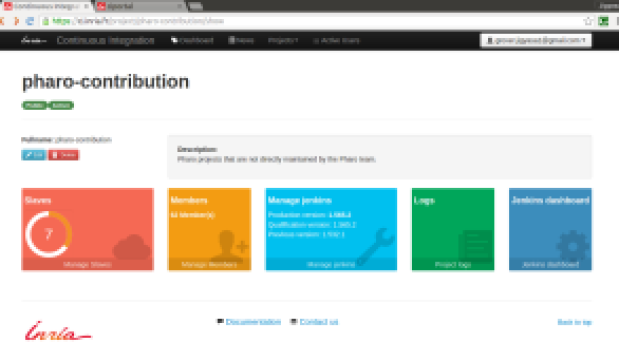

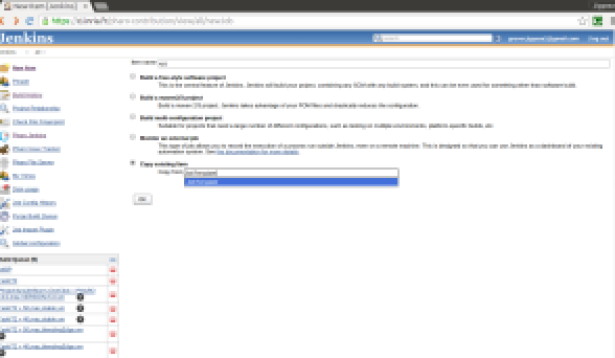

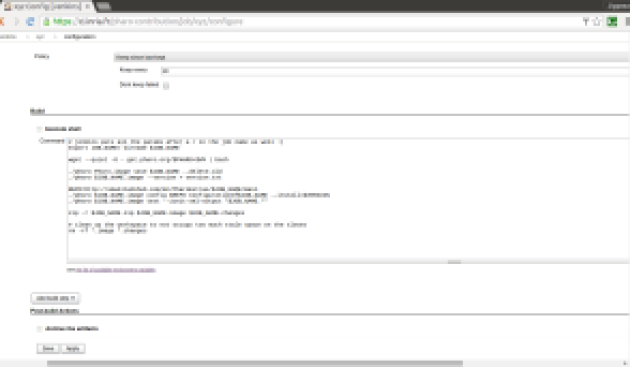




You must be logged in to post a comment.